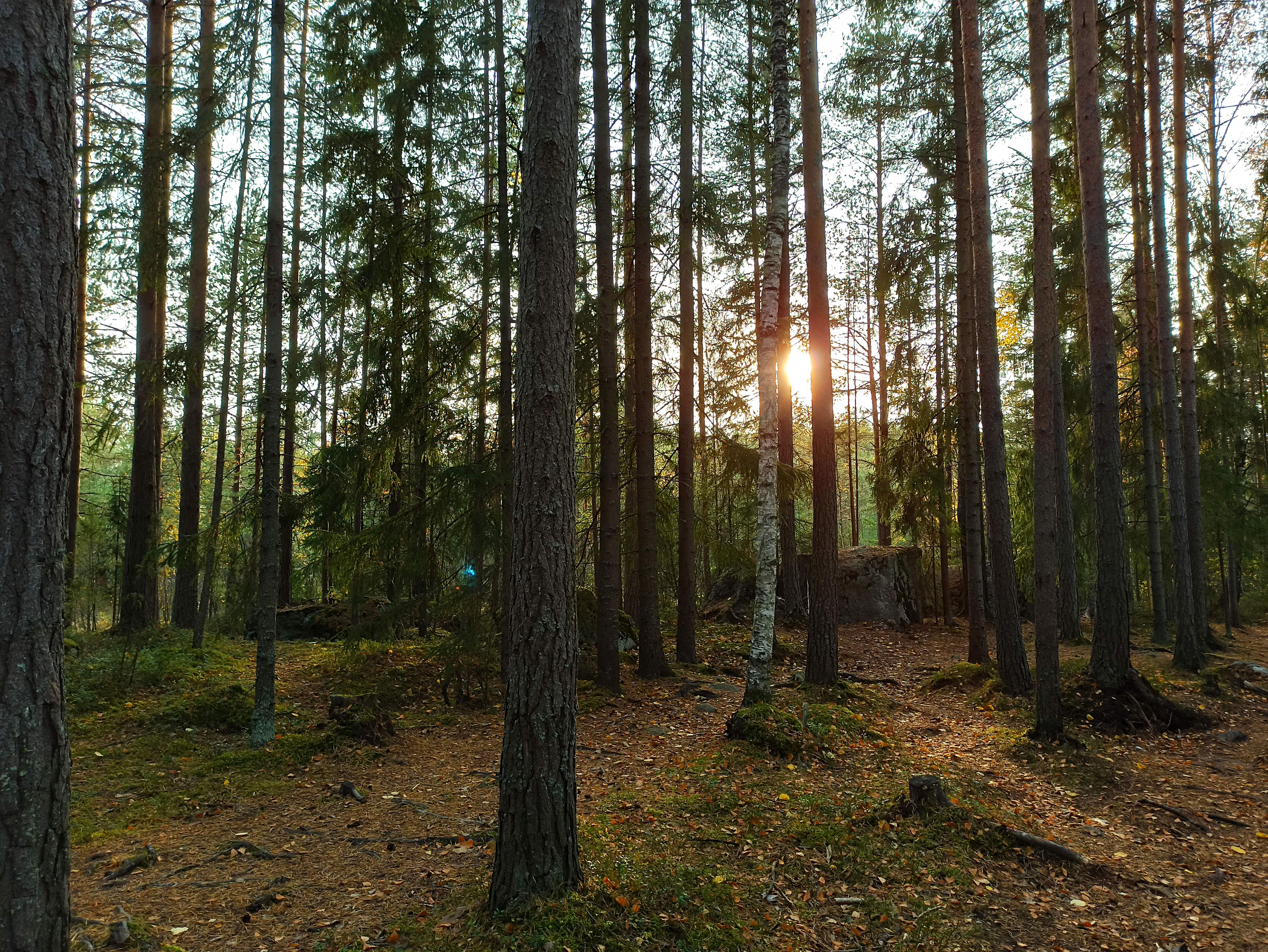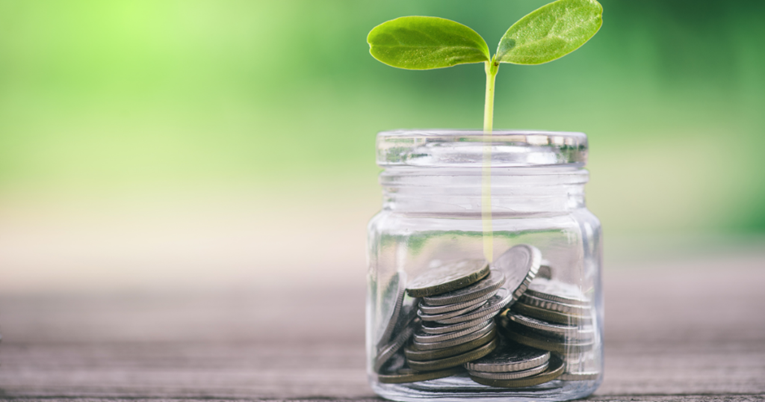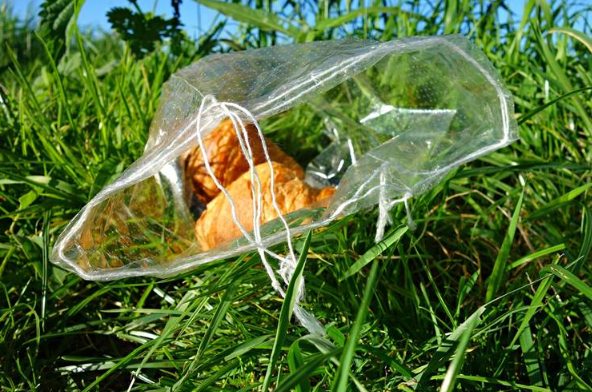Introduction
Undoubtedly, each of us knows that pollution and resource scarcity in the near future are the current focal global issues. A variety of solutions are proposed to encourage the public to minimize harmful environmental activities such as using bio products or purchasing eco-friendly goods. However, most of them are overpriced, leading people to keep using cheap or single-use items without concern about their negative impacts on the Earth. Furthermore, some citizens assume that protecting the environment is the government’s and scientists’ duty, while an individual can not make any significant changes to this worldwide issue. Recognizing misunderstanding, this blog will show readers how a small action has a big effect and how we can safeguard the Earth while being budget-friendly.
The relationship between frugal living and protecting the environment
Frugal living is a lifestyle in which individuals reasonably consume natural resources, time, and money, avoiding excess consumption. It encourages people to better manage budgets, resulting in greater financial stability. Those who live frugally tend to maximize the life span of the things they have by fixing, reusing, and repurposing them before disposing, make thoughtful choices when purchasing, and minimize energy usage. These habits relate to environmental sustainability, impacting the planet positively through conserving resources, reducing carbon footprints, and relieving pressure on landfills.
The different positive impacts of frugality on the environment
-
Conserving energy:
The keys to decreasing energy consumption in your own house are to “turn off when not in use” and invest in energy-efficient appliances. These not only help lower utilization bills but also lessen the demand for fossil fuels to produce electricity.
Remember to turn off and unplug all devices, machines, and light systems after use. Avoid running devices in the background and overloading them, which can generate excessive heat and burning. This will save electricity costs and extend the lifespan of the devices.
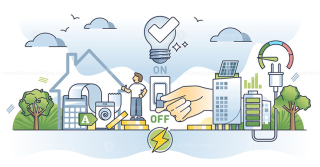
PICTURE 1. Illustration of “turn off when not in use” (Shop Texas Electricity, 2023)
Using highly energy-efficient electronic appliances is also one of the effective solutions for sustainable usage. The most common example is investing in LED light instead of other traditional light bulbs. It not only significantly reduces the monthly utilization bill but also increases your light system’s durability as well as minimizes explosiveness. Of course, LED light has a higher product cost compared to others, however, it is a worthy investment that has considerable benefits in the long term. The table below will show the comparison between fluorescent and LED bulbs:
TABLE 1. The comparison table about electricity consumption of 2 kinds of lights (Phuong Anh Company, 2021, translated)
| Categories | Fluorescent bulbs | LED bulbs |
| Power consumption of light | 24W | 10W |
| Used hours/month | 260 hours | |
| The number of installed lights | 1000 | |
| Power consumption in 1 month | 6240 KW | 2600 KW |
| Electricity price per 1KW | 1850 vnd | |
| Electricity bill for 1 month | 11 544 000 vnd | 4 810 000 vnd |
| The cost difference | 6 732 000 vnd | |
| The money saved from using LED for 1 year | 80 784 000 vnd | |
Additionally, we can take full advantage of natural light and wind to minimize the demand for household alliances.
-
Simplifying purchasing
Smart shopping or proactive purchasing is a noticeable habit of frugal people. They buy wisely and always put quality above quantity instead of chasing the trend.
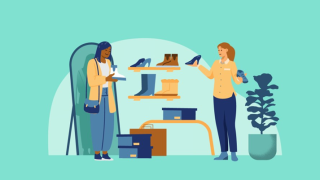
PICTURE 2. Illustration of purchasing (Patricia Staino, 2024)
A misdefinition of shopping in general and clothing shopping in particular, is buying secondhand/thrift or cheap and low-quality items to save money. However, its consequence is raising your shopping demand and spending due to quick deterioration. Every purchase is like an investment; long-term profit should be considered before taking action. For instance, compare a 2$ jeans to 50$ jeans, the 2$ is already worn out because it’s secondhand cloth so you have to buy a new one every 2 months, while the 25$ is durable so it can be used for 5 years straight, which means after 2 years, the 25$ jeans becomes cheaper than the 2$.
“Don’t let yourself become a shopaholic”. Well, with the development of social media, trends have changed super fast in recent years, advertisements, commercials, or buying with 1 click are promoting customers’ shopping desires. But, be conscious and always ask yourself before spending money: Do I actually need it? Is it worth buying? Do I have a similar item at home? And so on. Furthermore, bio-bass or eco-friendly products should be prioritized because of their health benefit (contributing to health is a risk-free investment) as well as easing the waste treatment process. From an environmental perspective, simplifying purchases contributes to avoiding over-extraction of resources for production.
-
Reducing waste
Waste treatment is becoming harder due to the rapid growth and complexity of waste, especially plastic waste. To contribute to relieving the landfills’ stress, you can practice some recommended solutions below:
- Reuse and repurpose: Consider whether the item can be fixed or repurposed before throwing it away. For example, use the worn-out towel as a cleaning tool, sew a new button to the shirt when the old one drops, or use the wrong printed paper as starch.
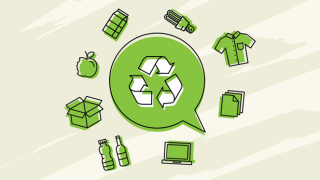
PICTURE 3. An illustration of recycling, reuse, and repurposing (CITÉO, 2020)
- Using reusable products: Instead of using single-use products, which are mainly made from plastic or paper, we should choose the more sustainable ones. Beyond decreasing waste, you can buy the same amount of product you need at a better price. For instance:
+ Using canvas bag for grocery
+ Bringing your own containers such as cups, bottles, or boxes when buying a takeaway drink or food
+ Refill the beauty product’s container at the refill station instead of buying a new one
+ Using a reusable cotton pad, and sanitary pad => benefit in the longterm.
Additionally, having your own elegant bottle or cute canvas shopping bag makes you look more cool and fashionable!
Conclusion:
As you can see, protecting the environment is actually not as difficult and expensive as we usually think, they are just small simple steps of daily activities but bring a huge “healing pill” that greens the Earth, even just minimizing waste, turning off laptops when finished using. Surprisingly, those actions are the habits of frugal people.
Adopting frugal practices not only makes our budget friendlier but also protects the Earth, which means protecting our lives, our lovers, and future generations. It means that you can live greener while being budget-friendly. So why don’t you start to live frugally?
REFERENCES:
Jim S, The FINTONIAN Periodical. 2024. Frugal Living and the Environment. Read on 30.10.2024. https://sullivanmanor.ca/blogs/thefintonian/frugal-living-and-the-environment?srsltid=AfmBOoqoRuVnVNs3DLPxn2NearllSPNG8kgQOoYLK0N6nXk5SNDfekHX
John R, DUE. 2023. 20 Frugal Habits for an Eco-Friendly Lifestyle. Read on 01.11.2024. https://due.com/frugal-habits-for-an-eco-friendly-lifestyle/
Phuong Anh Electricity Engineering Company. 2021. So sánh mức tiêu thụ điện giữa đèn huỳnh quang và đèn led nhà XƯỞNG. Read on 30.10.2024. https://denledtphcm.com.vn/blogs/news/so-sanh-muc-tieu-thu-dien-nang-giua-den-huynh-quang-va-den-led-nha-xuong
Taylor K, Standford University. 2024. Eight simple but meaningful things you can do for the environment. Report. Read on 02.11.2024. https://news.stanford.edu/stories/2024/01/eight-simple-meaningful-eco-friendly-actions-can-incorporate-life

